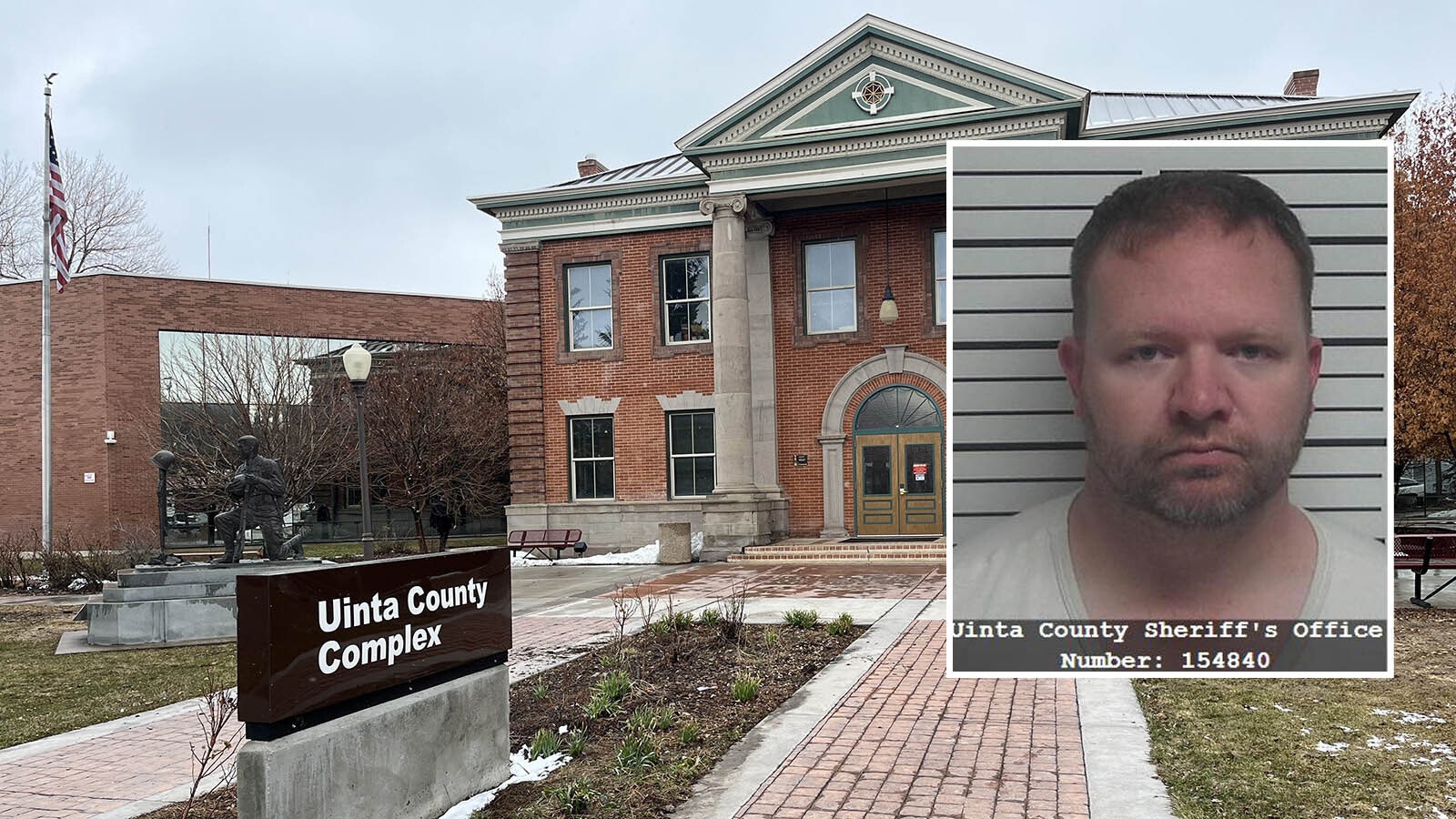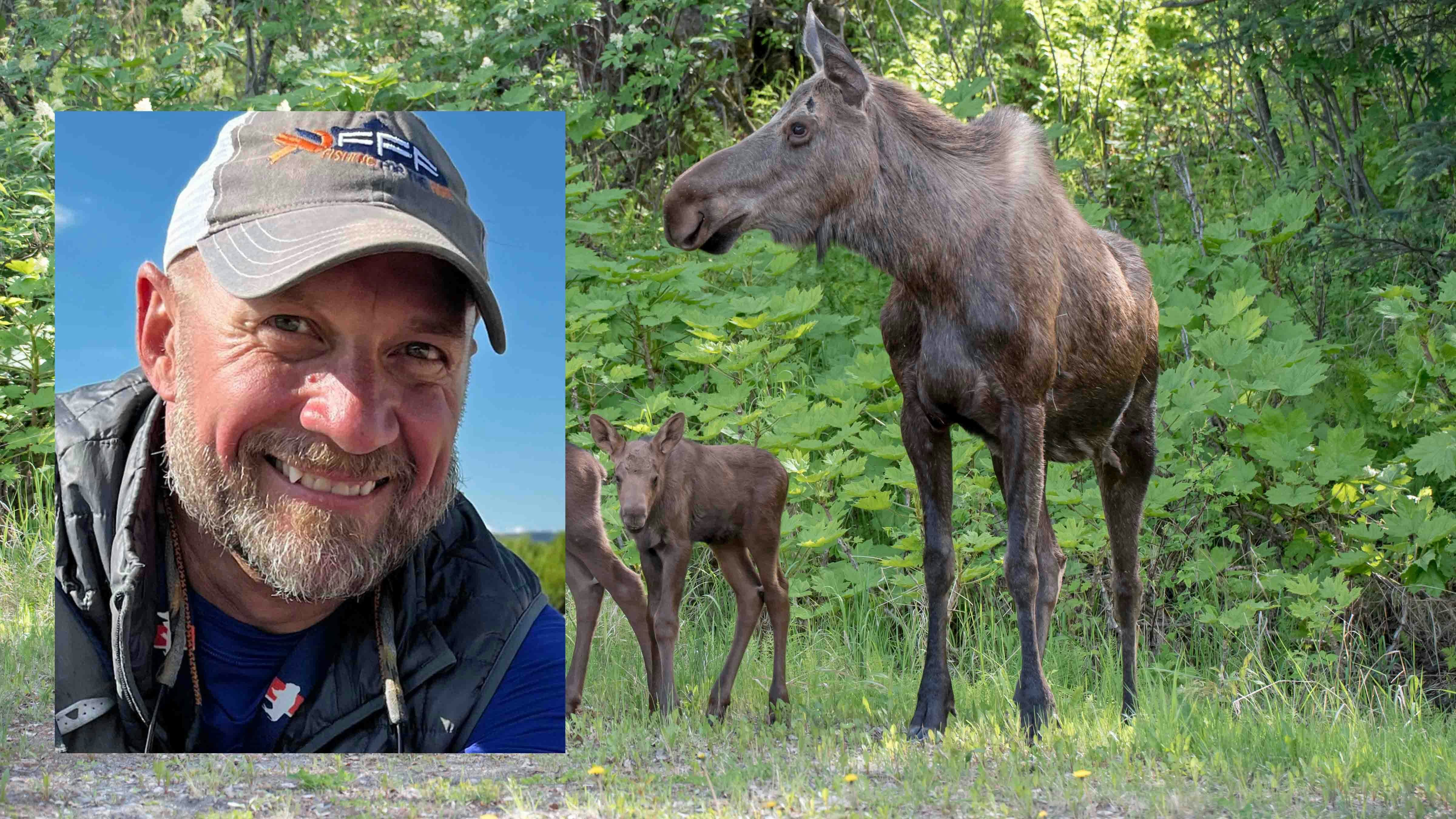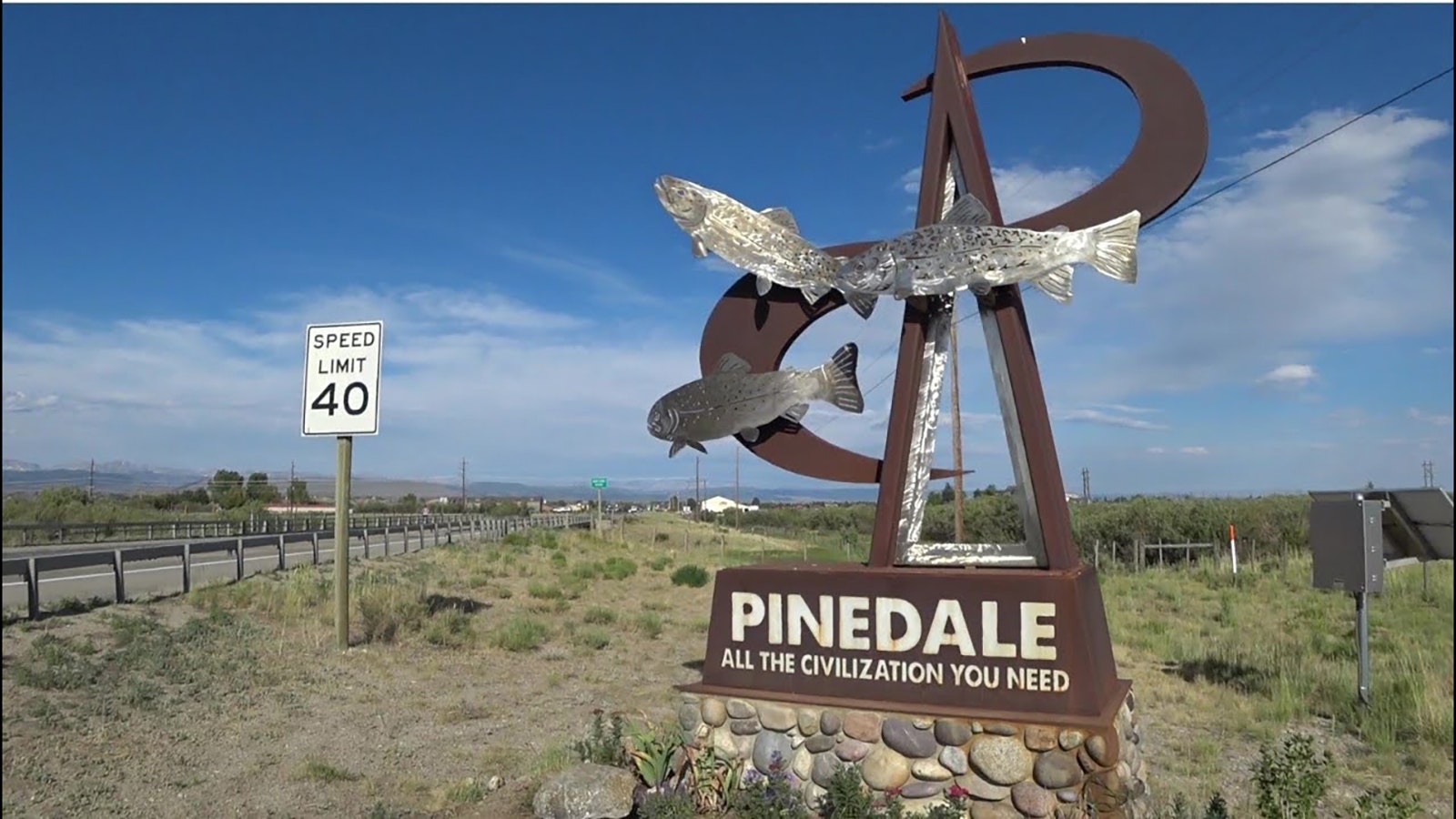It was a day Shane Kirsch, director of ambulance services for Campbell County Health, would just as soon forget.
On a cold November evening in 2018, an ambulance crew was cruising along Interstate 90, transporting a patient from Gillette to a hospital in Billings, Montana, when the unthinkable happened.
Suddenly, a wheel appeared out of nowhere and rolled past the ambulance.
The EMT driver wondered out loud where in the world the errant wheel had come from.
Then things clicked.
The wheel had been attached to the 2003 Ford E-450 ambulance he was driving, with about 300,000 miles on the odometer, that had undergone routine maintenance hours earlier.
The driver quickly pulled the ambulance over, and another EMT crew was summoned from Billings to complete the patient transport.
After the ambulance was towed to Billings for repairs, the crew rented a car and headed toward Gillette. However, misfortune struck again. On the trip back, the crew struck a deer with their rental car.
“It was a really bad day,” said Kirsch.
The metaphor of the ambulance saga isn’t lost on Kirsch.
Like the resilient crew that piloted the ambulance to safety, Wyoming emergency medical service organizations, largely staffed by volunteers who often scramble for limited funding, continue to serve even when the wheels literally fall off, Kirsch said.
“Wyoming is a small town with long streets,” said Kirsch, quoting a well-worn saying attributed to several of the state’s governors. “EMTs are going to keep showing up.”

Budget Shortfall
The state is struggling to fill a $30 million annual funding gap to enable EMS agencies to survive, according to a report from the Wyoming Department of Health released in June.
EMS agencies rely on a variety of subsidies, including a mix of tax dollars, volunteer labor, hospital-based revenue, fundraising, and grants. However, volunteerism, which has long been the bedrock of rural EMS, is no longer reliable, the state Department of Health said.
Stakeholders are seeking to address funding shortfalls by reviving legislation to declare EMS an essential service.
Unlike firefighters and law enforcement, EMS is not an essential service in Wyoming, meaning there is no legal requirement for city or county entities to fund it.
A similar bill calling for the designation was introduced in 2023 but failed to win approval from the state’s Joint Health and Social Services Committee.
Opponents of the bill have argued that if the state declares EMS essential, but doesn’t provide sufficient funding, local governments could be on the hook for increased services, said Kirsch.
Meanwhile, EMS agencies, particularly those with shrinking volunteer staffs, face major challenges in maintaining vehicles and equipment and working in Wyoming’s unpredictable weather, which worsens in the winter.

Winter Nightmares
“The challenges that EMS faces during the winter months include but are not limited to: rapidly changing conditions, increased call volume, extended call times, and the difficulties that come with attempting to traverse the long lonely highways of Wyoming at all hours of the day with potential limited visibility, slick road conditions, and the fear of breaking down while on the road,” said Kirsch.
Kirsch recalled a harrowing incident a few years ago where a Banner Health ambulance crew out of Casper slid off U.S. Hwy. 20/26 and tipped over on its side while en route to a 911 call.
Conversely, Wyoming EMTs need to be aware of high-temperature days, as the ambulances are heavy, and if a breakdown occurs, vehicles can be uncomfortable for crews, and deadly to patients, he said.
While Wyoming’s climate isn’t unique, being one of the nation’s most rural states means there are not a lot of options for ambulance crews if they encounter problems on the road.
“This is very apparent on the interfacility transfer side of our operations, as we can have very long stretches of highway in between towns, cities, and hospitals if equipment breaks down, or if patients' conditions change rapidly,” Kirsch said.
Working in EMS can also be deadly for emergency responders. In September, truck driver Saviol Saint Jean was convicted of killing Rawlins EMT Tyeler Harris and injuring EMT Tiffany Gruetzmacher in a 2022 crash on Interstate 80.
Not all ambulance services in Wyoming operate at the same level of licensure, which can be “detrimental to patients, but shouldn’t be reflective on those service providers, as some of them are still relying on volunteers and extremely limited funding,” Kirsch added.

Equipment Shortages
The town of Lusk found itself in an equipment bind in 2023 when it was down to one working ambulance and requested a $300,000 emergency grant from the State Loan Investment Board to buy a new one.
At the time, Mike Mayville, director of the Lusk-Niobrara Ambulance Service, said that one of the town’s ambulances dating back to 2003, had to be immediately retired. Another ambulance from 2006 had broken down five times during patient transports and wasn’t safe for travel far from city limits. The only functional ambulance was a 2014 model.
SLIB turned down the request because it didn’t rise to the level of an emergency. Mayville reapplied to the board for funding in 2024 and was approved.
Having dependable vehicles are crucial for the all-volunteer ambulance service, which frequently transfers patients to far-flung hospitals in Rapid City, South Dakota, as well as those in the Colorado cities of Longmont and Greeley.
“You can’t have ambulances breaking down with patients inside,” said Mayville, who has performed makeshift repairs to some of the town's older ambulances to keep them running.
Brad McKee, ambulance director for the town of Moorcroft, said one of his biggest challenges is maintaining enough licensed volunteers to handle calls, which total about 150 a year. As an incentive, those who volunteer are paid $50 per call.
It takes about four months of training to become a licensed EMT, and two years to become a paramedic. Residents often tell McKee they would love to help out but can’t afford to take time away from their jobs to train.
“Most people who volunteer are doing it to help the community and are not doing it for money,” McKee said. “It takes a special person to work in EMS.”
Most people are unaware of the challenges that volunteer EMTs and paramedics face, said Tiffony Riehemann, EMS supervisor for the town of Upton, which is one of the few municipalities in Wyoming to provide free ambulance services.
“No one thinks about an ambulance until they need an ambulance,” she said. “We are just kind of forgotten.”
Scott Schwebke can be reached at scott@cowboystatedaily.com.





